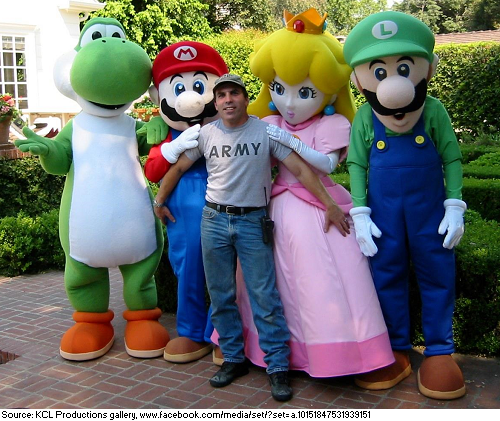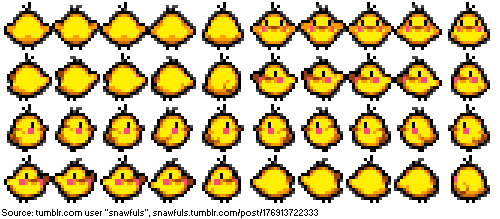1876
1877
1878
1879
1880
1882
1883
1884
1885
1887
1888
1889
1890
1891
1892
1893
1894
1895
1896
1897
1898
1899
























